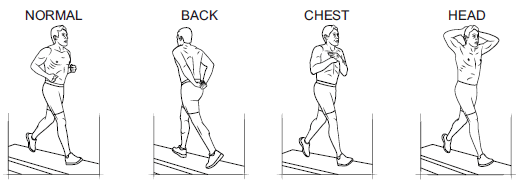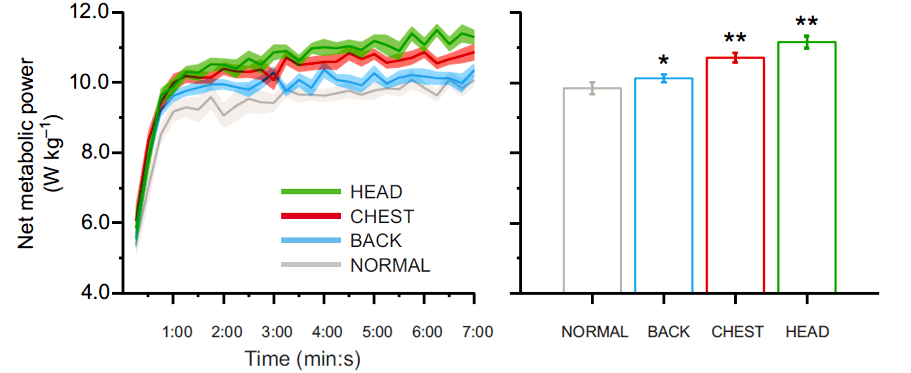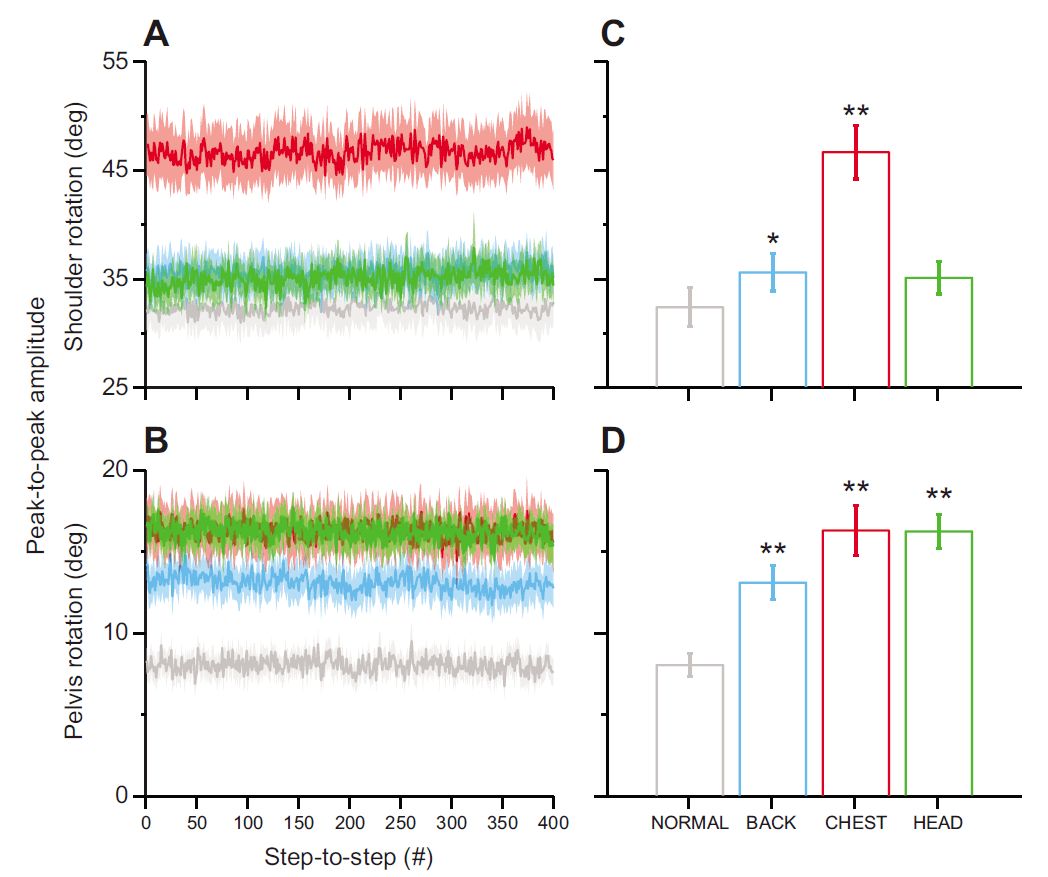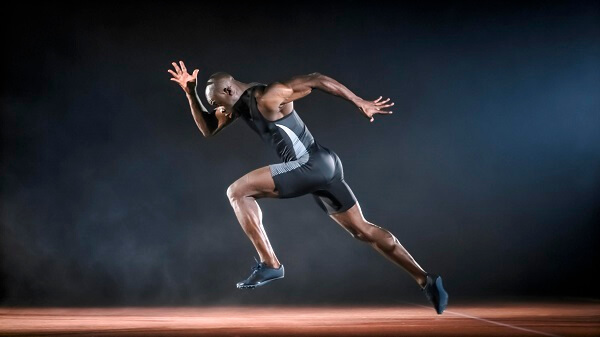
Running is one of the innate modes of mobility of human beings. With the emergence of modern sport science and continuous research, papers on the biomechanical mechanism of running have been abundant. However, few studies have discussed the effects of arm swing on running. What is the impact of energy expenditure and to what extent do different postures or arm styles affect energy expenditure during running?
In 2014 , a study entitled " The metabolic cost of human running: is arm swinging worth it? ", studied the impact of different arm swing postures on energy consumption during running. They studied 13 young runners on a treadmill at a speed of 11.5 km / h for normal arm swing (Normal) , hands crossed on the back (back) , hands crossed on the chest (chest) and hands crossed on the head (head ) , all are able to perform the waved posture and synchronize energy consumption when running and the action changes the situation. Although ordinary runners rarely run with their hands behind their back or on top of their head, this study hopes to understand what the effect will be on running movements and energy consumption when the arms swing abnormally, so different placement positions were defined. However, it is important to note that the method of arm swinging with hands crossed over the chest is similar to some runners who usually place their hands close to their chest and hardly swing.

Explore the energy consumption of running under different arm swing postures ( Normal: normal arm swing; Back: hands crossed behind the back; Chest: hands crossed on the chest; Head: hands crossed on top of the head )Image source : Journal of Experimental Biology, 217 (14), 2456-2461.
Normal swing arm consumes less energy
The energy consumption of the (normal) arm of normal findings (net metabolic power) ( grey line in the figure below ) is the lowest, when crossing hands behind (back) , chest (thorax) and head (head) compared to the normal swing arm, the energy consumption is 3% , 9% and 13% more.

The energy consumption of normal arm swing (Normal) during running is significantly lower than placing the hands on the chest (Chest) , back (Back) and top of the head (Head) (symbols * and ** indicate significant differences of normal arm swing )Image source : Journal of Experimental Biology, 217 (14), 2456-2461.
Not swinging your arms will increase the rotation of your body
This study also found that when running without swinging the arms, left and right shoulder and pelvis rotation will be higher than normal swinging arms. Crossing hands on the back, chest and top of the head increased 10% , 44% , 8% left and right shoulder rotation and 63% , 102% , 101% pelvic rotation. This result reflects that arm swing during running helps to reduce body rotation. This is because the force generated when the arm is swinging can offset itself with the rotational force generated by the moving leg, thus reducing trunk rotation and achieving less energy consumption. In other words, when the running speed increases and the leg swing force increases, the amplitude of the arm swing naturally needs to be increased accordingly, just as when running, we will naturally increase the arm swing movement to stabilise the trunk posture and avoid excessive body rotation.

When running, the rotation of the shoulder and pelvis of the normal arm swing (Normal) is lower than that of the thorax (chest) , the back (back) and the top of the head (head) (the symbols * and ** indicate a significant difference from the normal arm swing )Image source : Journal of Experimental Biology, 217 (14), 2456-2461.

The force generated by the swing arm can be compensated with the force generated by the swing leg, thus reducing torso rotation and energy consumption. Just as in a speed run, the swinging arm and leg increase and decrease symmetrically, thus compensating the force between the two and keeping the torso stable.
Final considerations
Arm swing is very important during running as it can help us compensate for the rotational force generated when swinging our legs, reducing trunk rotation and energy consumption, allowing us to run with greater ease. Although we rarely put our hands behind or on top of our head when we are running, it is important to note that when the arm swing is very small, it is easy to produce a posture such as arms crossed over the chest in the study. Therefore, moderate arm swing and adjusting the degree of arm swing with running speed can reduce unnecessary energy consumption.
References :
Arellano, CJ, & Kram, R. (2014) .The metabolic cost of human running: is swinging your arms worth it? Journal of Experimental Biology, 217 (14), 2456-2461. and Sports Cience of Taiwan





